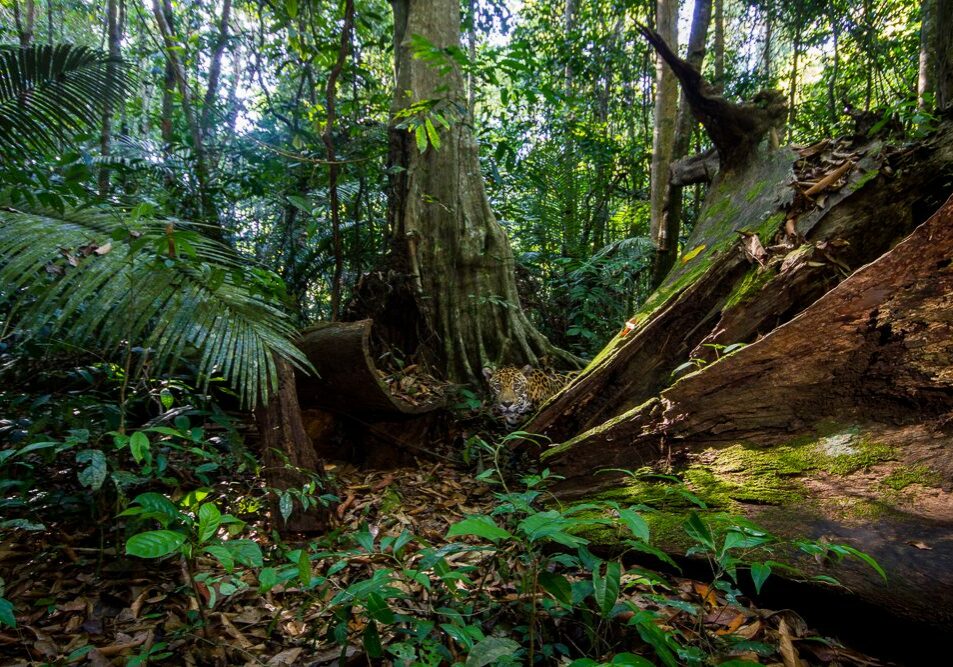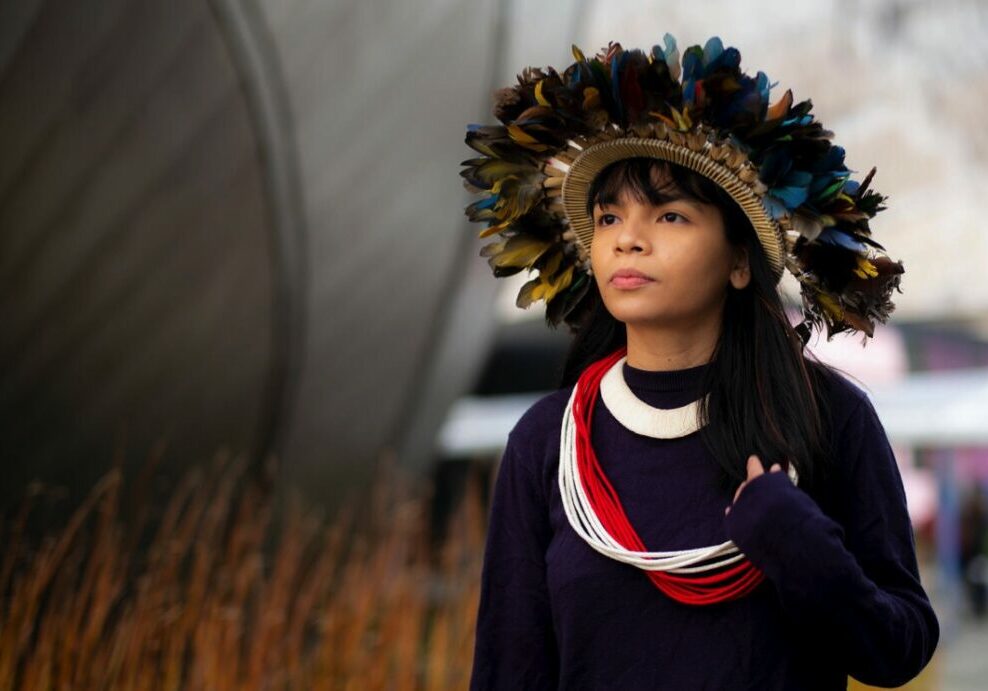Bolivia is home to the world’s fourth largest population of jaguars as well as a variety of unique habitats. Protecting these landscapes and the wildlife that lives there is vital as they face threats such as fires and deforestation.
Forests are a key habitat for jaguars, and we’ve been working with local communities and the private sector to find ways to protect these areas, whether that’s by raising awareness of the links between meat production and deforestation, or supporting sustainable harvesting of non-timber forest products such as Brazil nuts.
We’ve also worked with local partners to install over 150 camera traps at two sites in the Bolivian Amazon so that local people can gain a better understanding of the jaguars and other wildlife on their doorstep, and feel more invested in protecting it.
The cameras in Manuripi National Amazon Wildlife Reserve and Monte Verde Indigenous territory in Santa Cruz have already given an indication of the state of wildlife there. In Monte Verde, for instance, provisional findings suggest that the jaguar population density reflects a healthy ecosystem.
The cameras have also captured some incredible footage of jaguars and other animals – watch our camera trap playlist below to see who’s in the neighbourhood.
Watch: Camera trap playlist of Bolivian Amazon wildlife
Adopt a jaguar
You can help us do more to protect jaguars and support local communities to live alongside these big cats by adopting a jaguar.
BANNER IMAGE © STAFFAN WIDSTRAND / WWF
More to explore

Photo story: Mission Jaguar, French Guiana
Secretive, shadowy jaguars are rarely seen. In their remote rainforest home, they live undetected but under pressure. We sent film-maker Emmanuel Rondeau on a mission: to photograph a wild jaguar in the jungles of French Guiana

